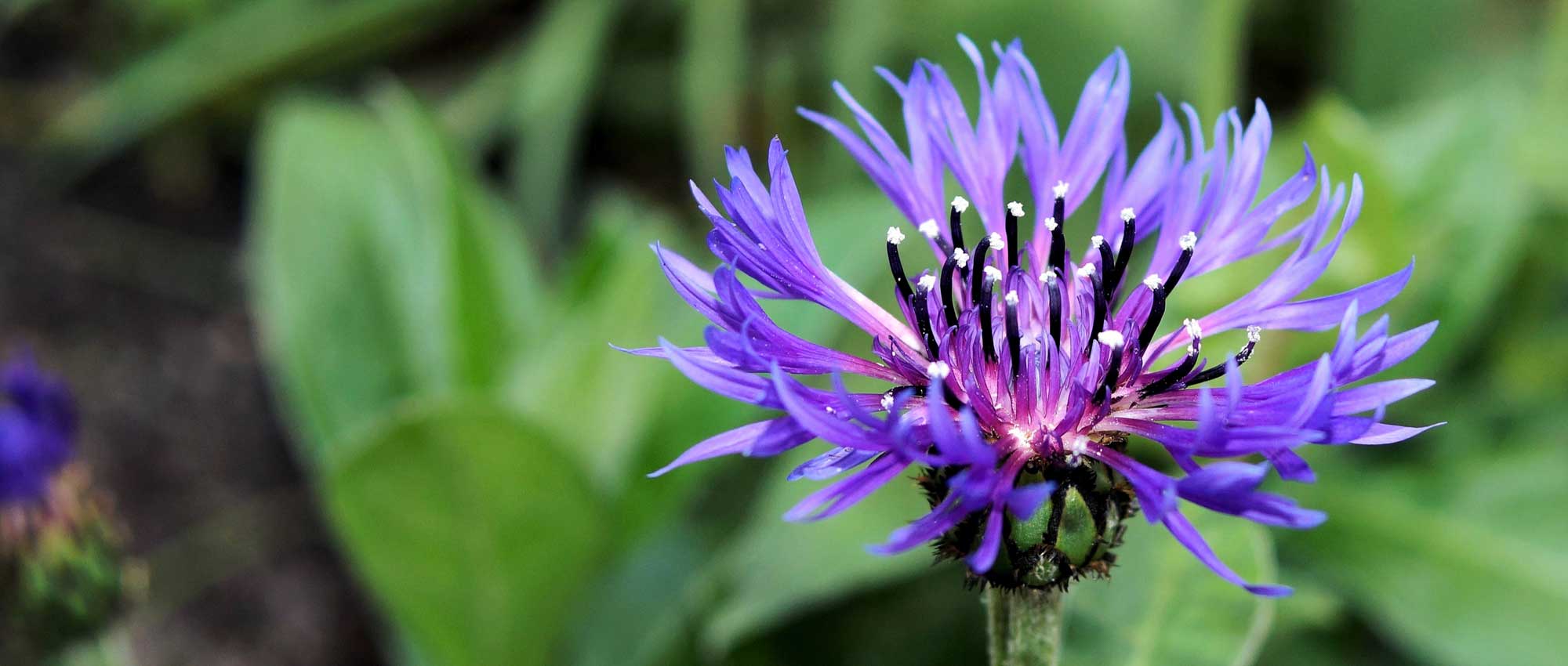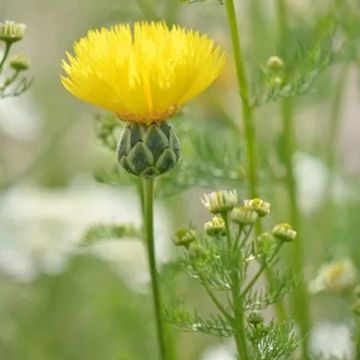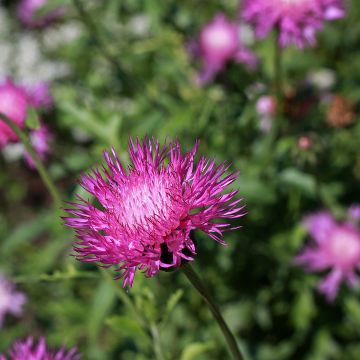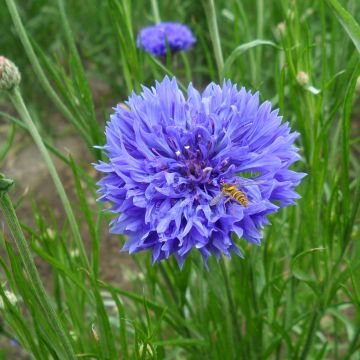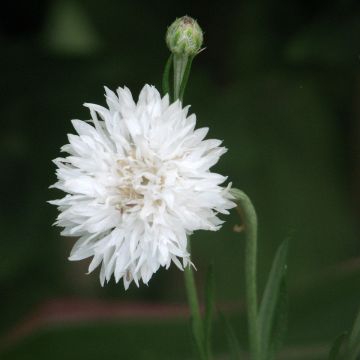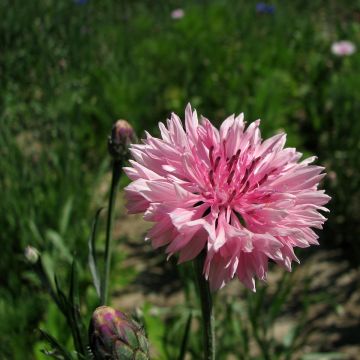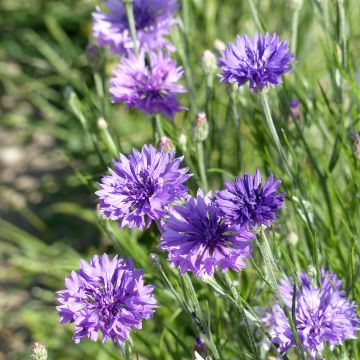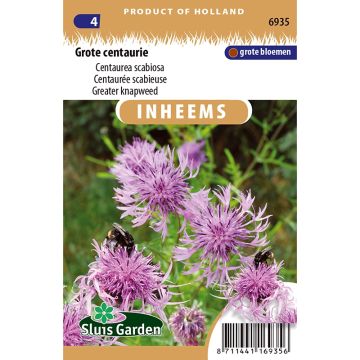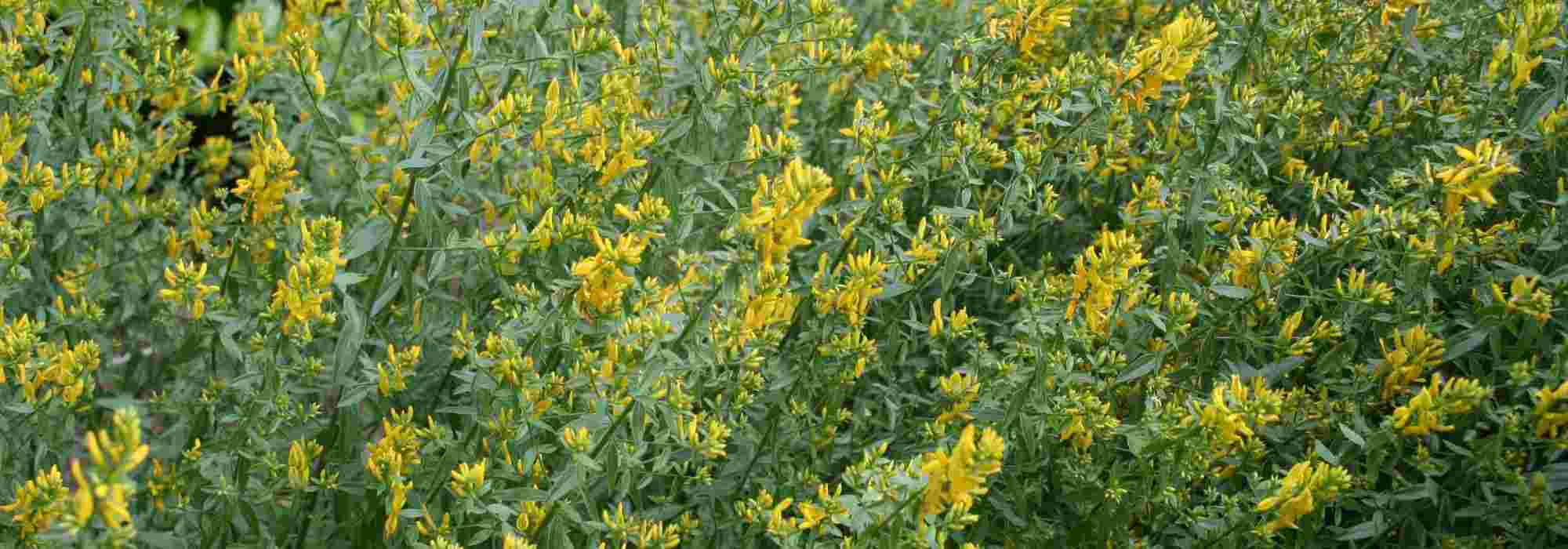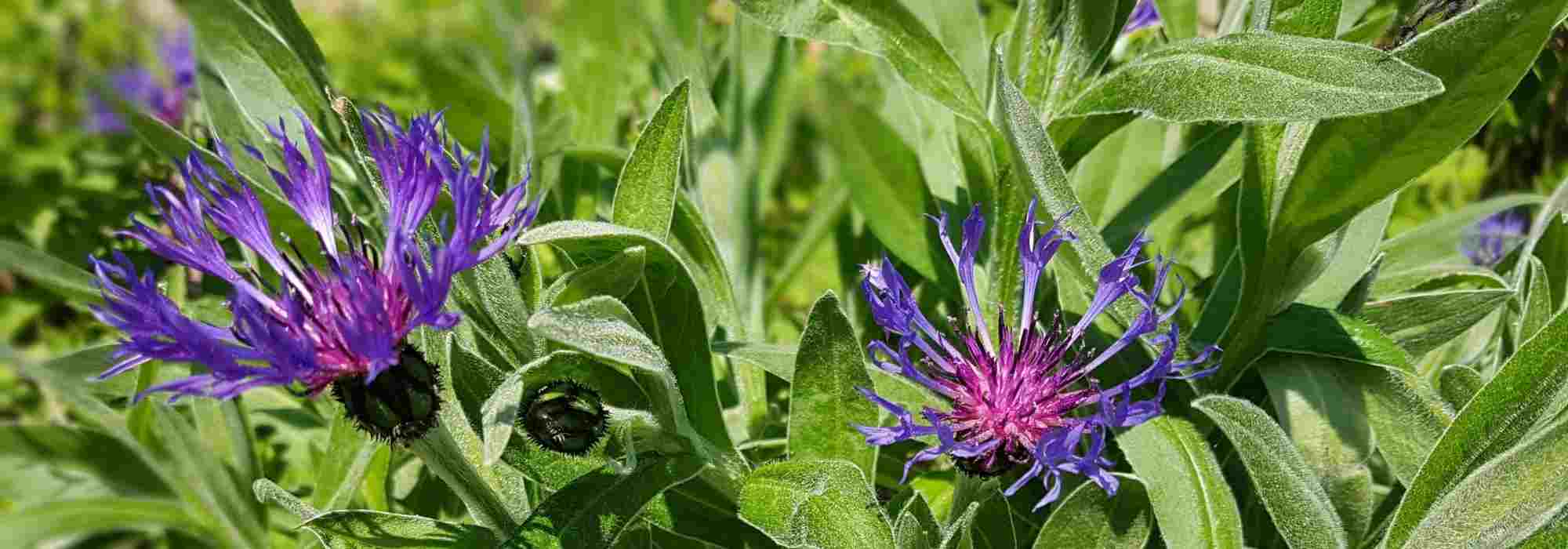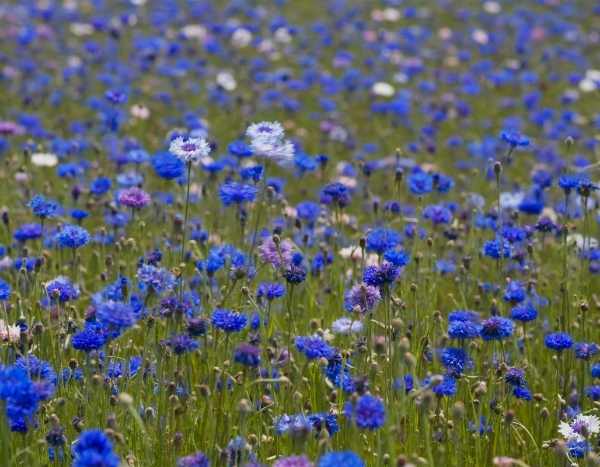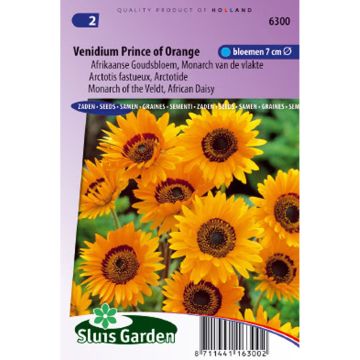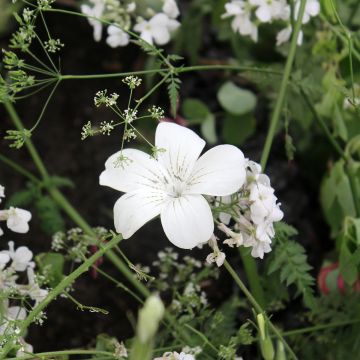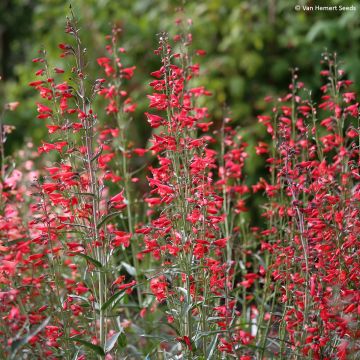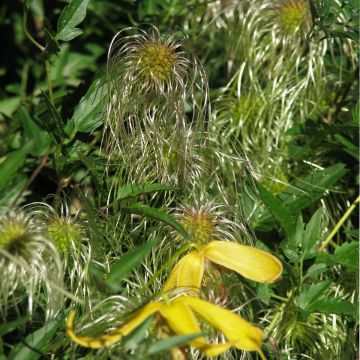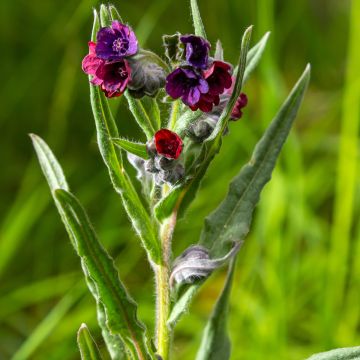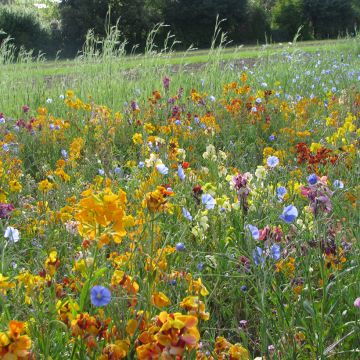

Graines de bleuet des montagnes - Centaurea montana
Centaurea montana Seeds
Centaurea montana
Perennial Cornflower, Great Blue-bottle, Mountain Bluet, Mountain Centaury
Special offer!
Receive a €20 voucher for any order over €90 (excluding delivery costs, credit notes, and plastic-free options)!
1- Add your favorite plants to your cart.
2- Once you have reached €90, confirm your order (you can even choose the delivery date!).
3- As soon as your order is shipped, you will receive an email containing your voucher code, valid for 3 months (90 days).
Your voucher is unique and can only be used once, for any order with a minimum value of €20, excluding delivery costs.
Can be combined with other current offers, non-divisible and non-refundable.
Home or relay delivery (depending on size and destination)
Schedule delivery date,
and select date in basket
This plant carries a 6 months recovery warranty
More information
We guarantee the quality of our plants for a full growing cycle, and will replace at our expense any plant that fails to recover under normal climatic and planting conditions.
Would this plant suit my garden?
Set up your Plantfit profile →
Description
Centaurea montana, the mountain cornflower, is a hardy perennial whose countryside flower is well known. Its beautiful inflorescences are composed of magnificent fine and toothed deep blue ligules, surrounding a pretty purple heart. They are renewed from the middle of spring to the middle of summer and are enjoyed by both pollinators and bouquet enthusiasts. Accustomed to mountain, countryside, or wild gardens, it can also be found in contemporary gardens, as its refined appearance can suit this setting. Preferring moist, fertile soils and sunny exposures, it also tolerates poor, limestone soils and moderate periods of drought.
Centaurea montana is found in the wild in a large part of southern and central Europe. This herbaceous perennial with rhizomatous roots grows spontaneously in meadows, in massifs, and in rockier terrains at altitude. It tends to spread by forming new tufts at the periphery. It can become carpeting after a few years. Its deciduous foliage has a beautiful silver-green colour. It is slightly velvety (especially on the lower side). The sessile leaves are lanceolate and positioned alternately along the stem. The plant thus forms a beautiful upright tuft 50cm (20in) high and 30cm (12in) wide. The stems are often single and crowned with an involucre made up of a collection of bracts. To put it simply, it looks like a tiny green artichoke, still in bud, with black ciliated scales. From May (depending on the climate and exposure), beautiful inflorescences emerge, which renew generously until August. The periphery is formed by long, tapered and cut ligulate flowers. Deep blue, they surround the tubular flowers in the centre, which are small and of intense violet. This particularly delicate and subtle ensemble offers enchanting colours in flower beds or bouquets.
Being both a companion of wild and romantic gardens, the mountain cornflower is also a choice guest in more contemporary compositions. Its airy flowers, with dense colours and subtle patterns, are incredibly fashionable and blend well with many grasses. It is perfect in borders, blue compositions, and all flower beds, thanks to its versatile size. With its vibrant and remarkable colour, this centaurea pairs well with catmints, globe thistles, and godetias.
Centaurea montana Seeds in pictures
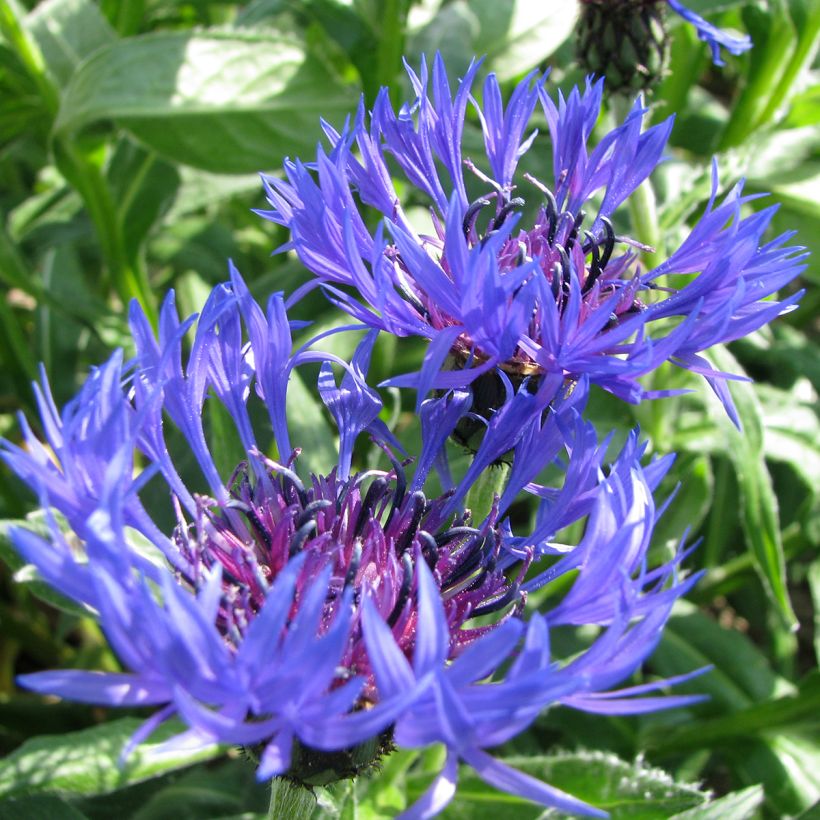

Flowering
Foliage
Plant habit
Botanical data
Centaurea
montana
Asteraceae
Perennial Cornflower, Great Blue-bottle, Mountain Bluet, Mountain Centaury
Central Europe
Other Centaurea seeds
View all →Planting and care
Sowing:
Sow from January to March or from September to November. Sow on the surface of light, moist but well-draining special sowing compost, then lightly cover the seeds with fine quality vermiculite. Place the container in a heated mini-greenhouse, or enclose the sowing in a polythene bag in a location maintained at 15 to 20°C (59 to 68°F). Germination can take 1 to 3 months. Keep the sowing near a source of light, as this facilitates germination.
When they are large enough to be handled, transplant the young plants into 8cm (3in) trays or pots. Gradually acclimatise them to cooler conditions for a few weeks before planting them out, after all risk of frost has passed, with a spacing of 45 to 60cm (18 to 24in).
Sowing in situ is also possible, between April and June. Prepare the soil by weeding it and sow in well-prepared soil free of surface stones using a rake. After sowing, lightly firm the soil. For a meadow of flowers, mix the centaureas with other seeds.
Cultivation:
Centaurea montana thrives in ordinary, light, even poor, but well-drained soil, as well as full sun. This plant likes moderately moist to moderately dry soil, but dislikes winter humidity. It is very adaptable and tolerates short periods of drought and city pollution quite well. Removing faded inflorescences will encourage the renewal of flowers. This robust and hardy plant will grow in most types of soil, in all regions. The plants can be severely cut back in summer to maintain a compact habit.
Sowing period
Intended location
Planting & care advice
This item has not been reviewed yet - be the first to leave a review about it.
Similar products
Haven't found what you were looking for?
Hardiness is the lowest winter temperature a plant can endure without suffering serious damage or even dying. However, hardiness is affected by location (a sheltered area, such as a patio), protection (winter cover) and soil type (hardiness is improved by well-drained soil).

Photo Sharing Terms & Conditions
In order to encourage gardeners to interact and share their experiences, Promesse de fleurs offers various media enabling content to be uploaded onto its Site - in particular via the ‘Photo sharing’ module.
The User agrees to refrain from:
- Posting any content that is illegal, prejudicial, insulting, racist, inciteful to hatred, revisionist, contrary to public decency, that infringes on privacy or on the privacy rights of third parties, in particular the publicity rights of persons and goods, intellectual property rights, or the right to privacy.
- Submitting content on behalf of a third party;
- Impersonate the identity of a third party and/or publish any personal information about a third party;
In general, the User undertakes to refrain from any unethical behaviour.
All Content (in particular text, comments, files, images, photos, videos, creative works, etc.), which may be subject to property or intellectual property rights, image or other private rights, shall remain the property of the User, subject to the limited rights granted by the terms of the licence granted by Promesse de fleurs as stated below. Users are at liberty to publish or not to publish such Content on the Site, notably via the ‘Photo Sharing’ facility, and accept that this Content shall be made public and freely accessible, notably on the Internet.
Users further acknowledge, undertake to have ,and guarantee that they hold all necessary rights and permissions to publish such material on the Site, in particular with regard to the legislation in force pertaining to any privacy, property, intellectual property, image, or contractual rights, or rights of any other nature. By publishing such Content on the Site, Users acknowledge accepting full liability as publishers of the Content within the meaning of the law, and grant Promesse de fleurs, free of charge, an inclusive, worldwide licence for the said Content for the entire duration of its publication, including all reproduction, representation, up/downloading, displaying, performing, transmission, and storage rights.
Users also grant permission for their name to be linked to the Content and accept that this link may not always be made available.
By engaging in posting material, Users consent to their Content becoming automatically accessible on the Internet, in particular on other sites and/or blogs and/or web pages of the Promesse de fleurs site, including in particular social pages and the Promesse de fleurs catalogue.
Users may secure the removal of entrusted content free of charge by issuing a simple request via our contact form.
The flowering period indicated on our website applies to countries and regions located in USDA zone 8 (France, the United Kingdom, Ireland, the Netherlands, etc.)
It will vary according to where you live:
- In zones 9 to 10 (Italy, Spain, Greece, etc.), flowering will occur about 2 to 4 weeks earlier.
- In zones 6 to 7 (Germany, Poland, Slovenia, and lower mountainous regions), flowering will be delayed by 2 to 3 weeks.
- In zone 5 (Central Europe, Scandinavia), blooming will be delayed by 3 to 5 weeks.
In temperate climates, pruning of spring-flowering shrubs (forsythia, spireas, etc.) should be done just after flowering.
Pruning of summer-flowering shrubs (Indian Lilac, Perovskia, etc.) can be done in winter or spring.
In cold regions as well as with frost-sensitive plants, avoid pruning too early when severe frosts may still occur.
The planting period indicated on our website applies to countries and regions located in USDA zone 8 (France, United Kingdom, Ireland, Netherlands).
It will vary according to where you live:
- In Mediterranean zones (Marseille, Madrid, Milan, etc.), autumn and winter are the best planting periods.
- In continental zones (Strasbourg, Munich, Vienna, etc.), delay planting by 2 to 3 weeks in spring and bring it forward by 2 to 4 weeks in autumn.
- In mountainous regions (the Alps, Pyrenees, Carpathians, etc.), it is best to plant in late spring (May-June) or late summer (August-September).
The harvesting period indicated on our website applies to countries and regions in USDA zone 8 (France, England, Ireland, the Netherlands).
In colder areas (Scandinavia, Poland, Austria...) fruit and vegetable harvests are likely to be delayed by 3-4 weeks.
In warmer areas (Italy, Spain, Greece, etc.), harvesting will probably take place earlier, depending on weather conditions.
The sowing periods indicated on our website apply to countries and regions within USDA Zone 8 (France, UK, Ireland, Netherlands).
In colder areas (Scandinavia, Poland, Austria...), delay any outdoor sowing by 3-4 weeks, or sow under glass.
In warmer climes (Italy, Spain, Greece, etc.), bring outdoor sowing forward by a few weeks.






























